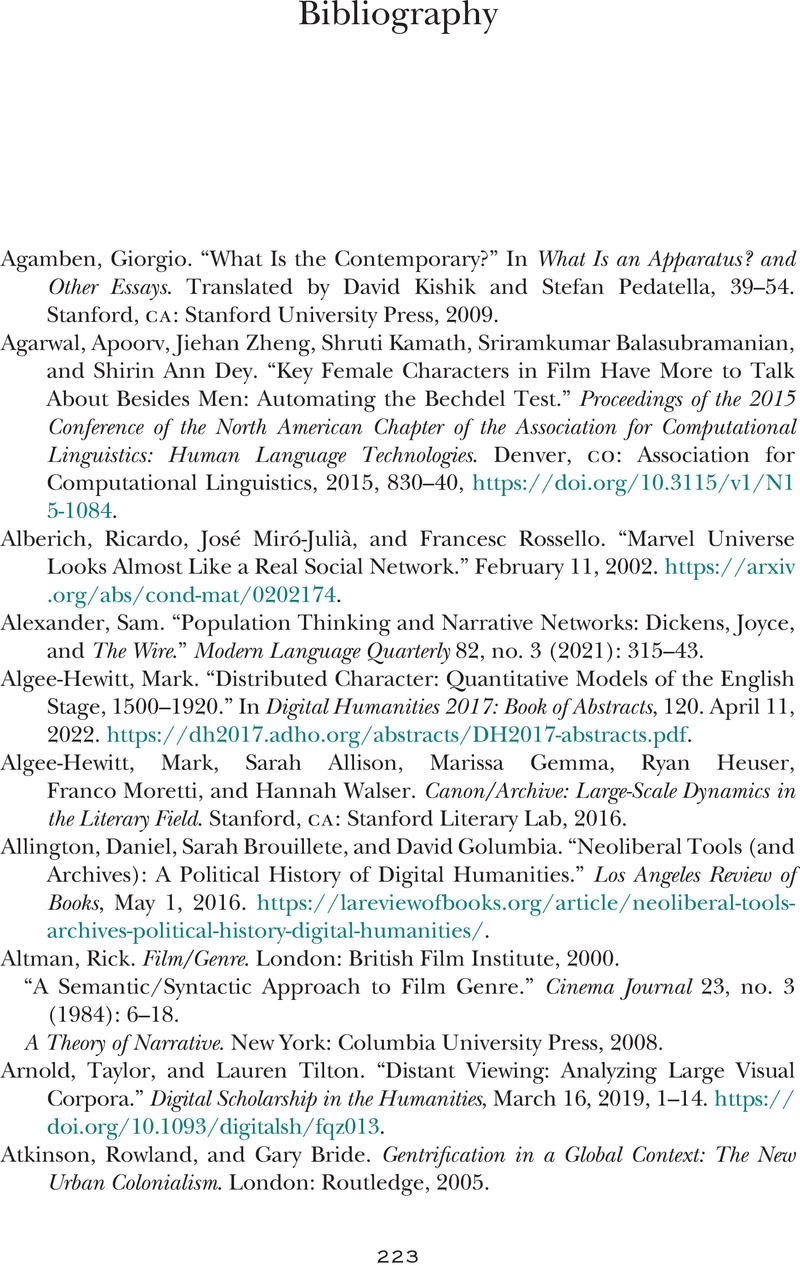Book contents
- The Rise of the Graphic Novel
- Cambridge Studies in Graphic Narratives
- The Rise of the Graphic Novel
- Copyright page
- Contents
- Figures
- Tables
- Preface
- Chapter 1 Introduction
- Chapter 2 How We Read Comics Now
- Chapter 3 Time, Color, and Cultural Capital in Graphic Narrative
- Chapter 4 Novel Values
- Chapter 5 The Social Imagination of Graphic Narrative
- Chapter 6 Conclusion
- Appendix: List of Titles in the Graphic Narrative Corpus (GNC)
- Notes
- Bibliography
- Index
- References
Bibliography
Published online by Cambridge University Press: 06 July 2023
- The Rise of the Graphic Novel
- Cambridge Studies in Graphic Narratives
- The Rise of the Graphic Novel
- Copyright page
- Contents
- Figures
- Tables
- Preface
- Chapter 1 Introduction
- Chapter 2 How We Read Comics Now
- Chapter 3 Time, Color, and Cultural Capital in Graphic Narrative
- Chapter 4 Novel Values
- Chapter 5 The Social Imagination of Graphic Narrative
- Chapter 6 Conclusion
- Appendix: List of Titles in the Graphic Narrative Corpus (GNC)
- Notes
- Bibliography
- Index
- References
Summary

- Type
- Chapter
- Information
- The Rise of the Graphic NovelComputational Criticism and the Evolution of Literary Value, pp. 223 - 235Publisher: Cambridge University PressPrint publication year: 2023

